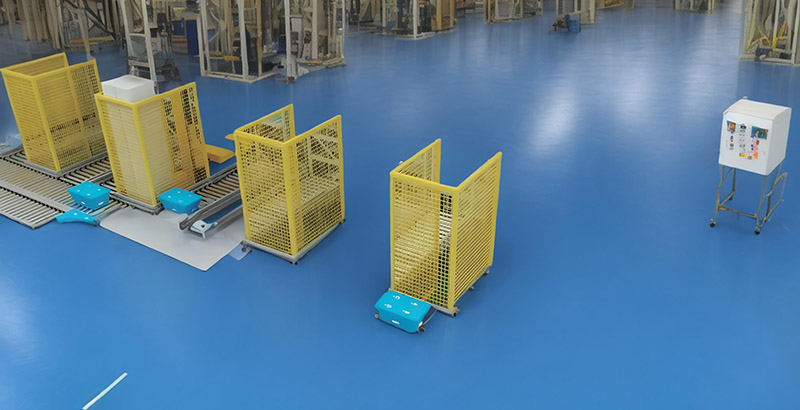Introduction
Warehouse automation relies heavily on advanced technologies like LiDAR to optimize operations and ensure safety. LiDAR technology provides detailed 3D mapping, enhancing obstacle detection and navigation in dynamic warehouse environments.

Role of LiDAR in Warehouse Automation
In a warehouse setting, LiDAR sensors create accurate 3D maps of the environment, allowing automated systems such as forklifts and robots to navigate efficiently. For example, LiDAR-equipped autonomous forklifts can detect obstacles such as shelves and other vehicles, avoiding collisions and improving safety.
Benefits of LiDAR in Warehousing
LiDAR enhances warehouse automation by providing real-time data on the location and movement of obstacles. This allows automated systems to make quick decisions, improving operational efficiency and reducing the risk of accidents. Additionally, LiDAR’s ability to work in varying lighting conditions makes it suitable for diverse warehouse environments.
Challenges and Solutions
Integrating LiDAR into warehouse automation systems can be challenging due to the high volume of data and the need for real-time processing. Solutions include advances in computing technology and software algorithms that enable efficient data handling and integration.
Future Developments
The future of LiDAR in warehouse automation includes the development of more advanced sensors and data processing techniques. These innovations will further enhance the efficiency and safety of automated systems in warehouse environments.
Conclusion
LiDAR technology is crucial for optimizing warehouse automation by providing accurate obstacle detection and navigation. Its ability to enhance safety and efficiency makes it a valuable asset in modern warehousing.


